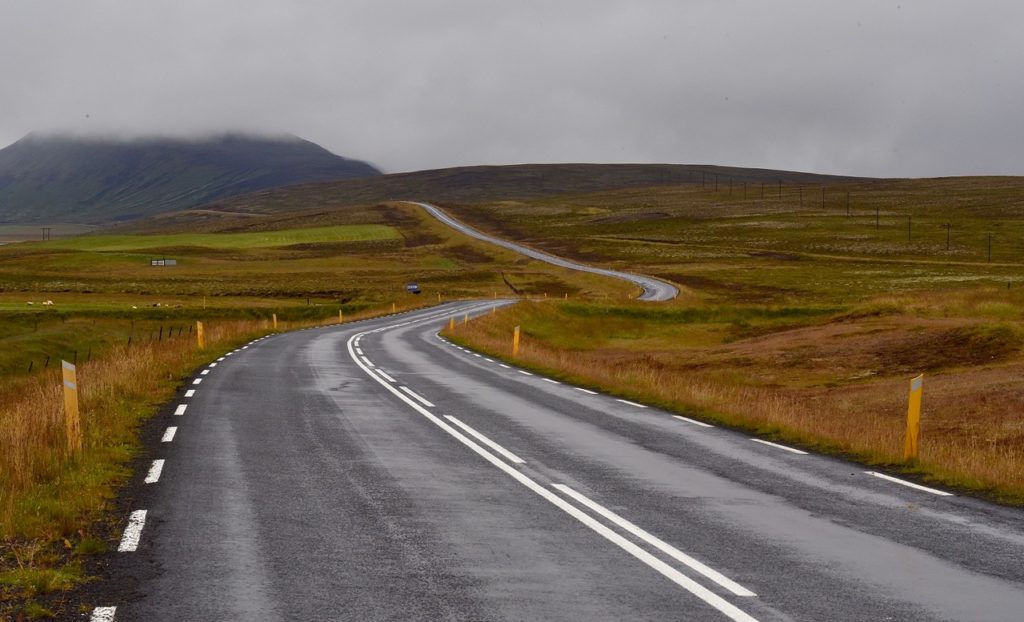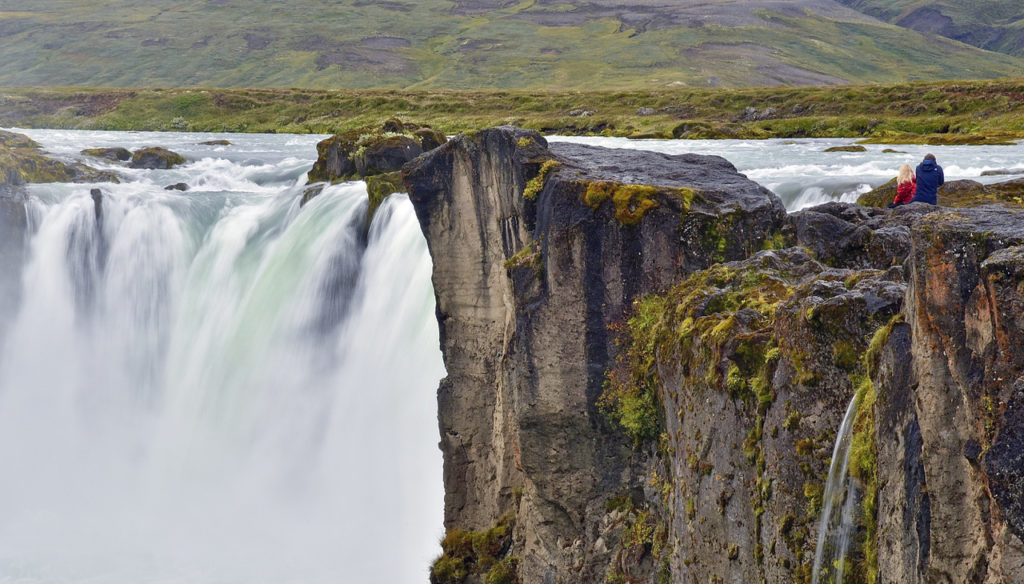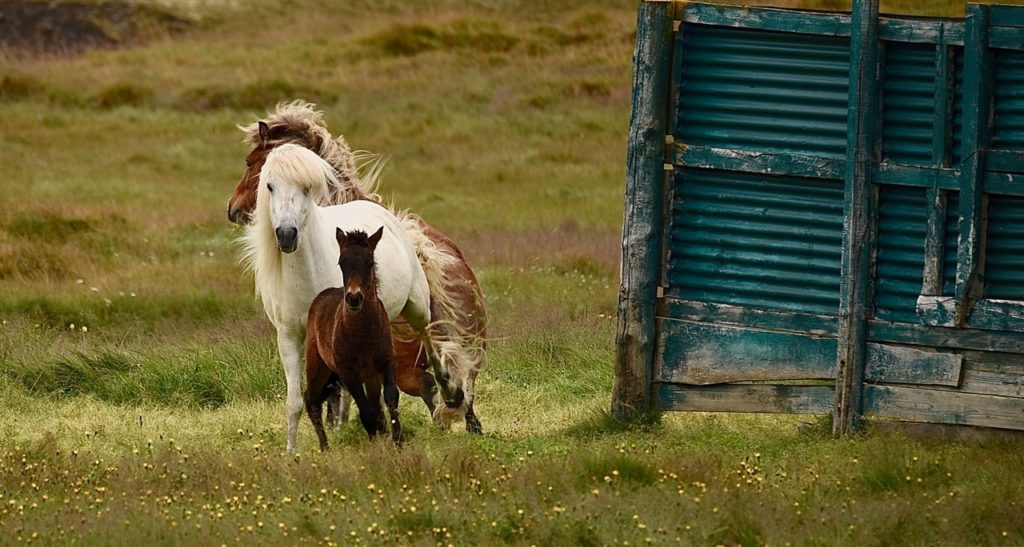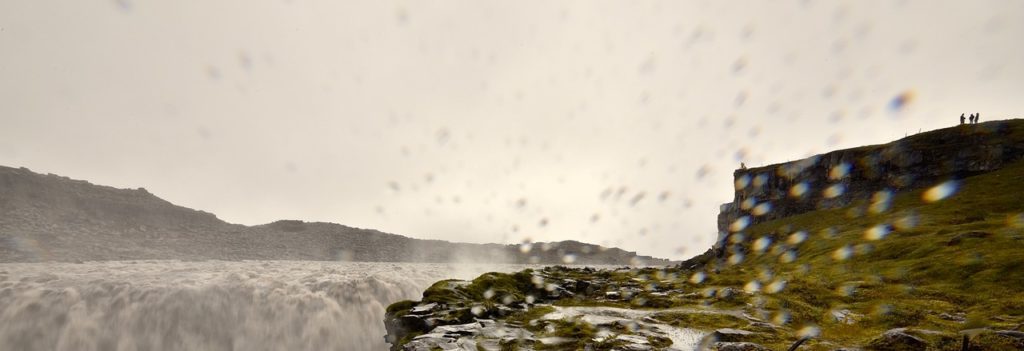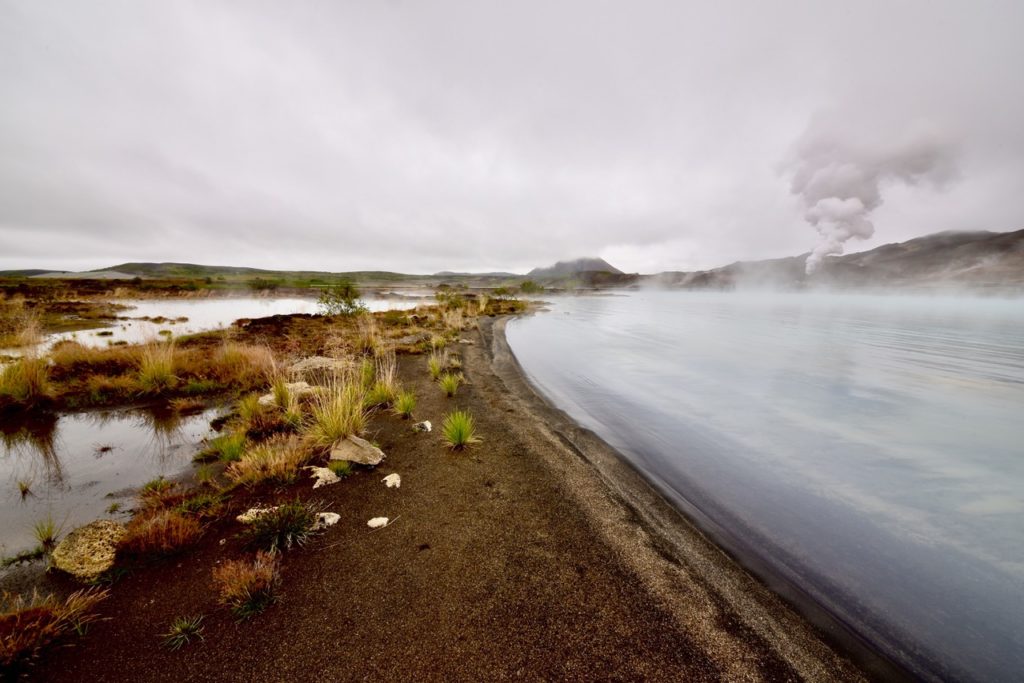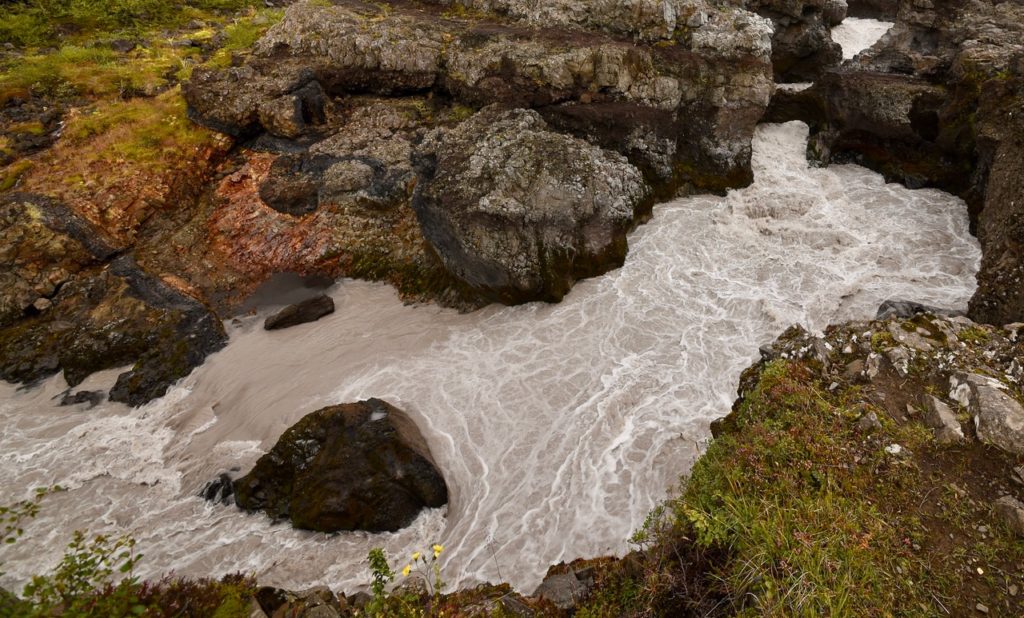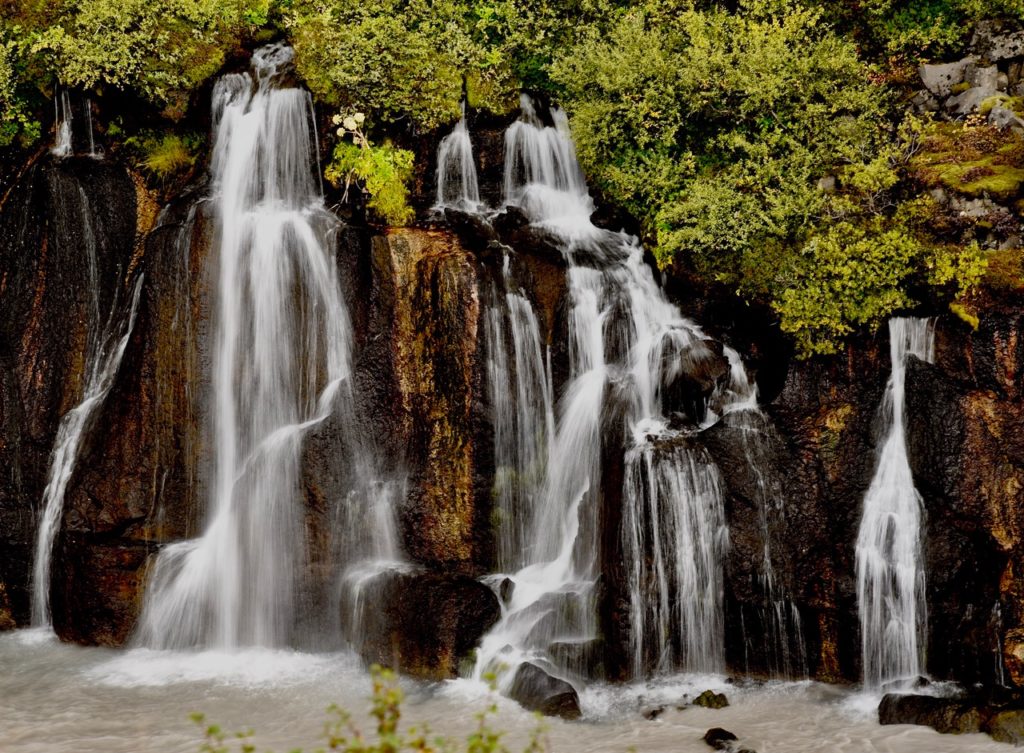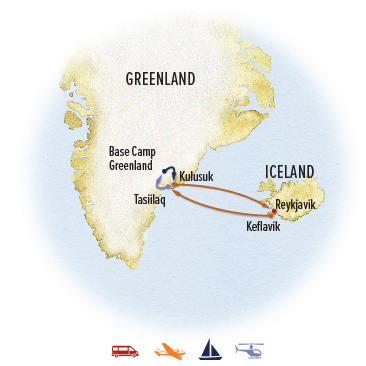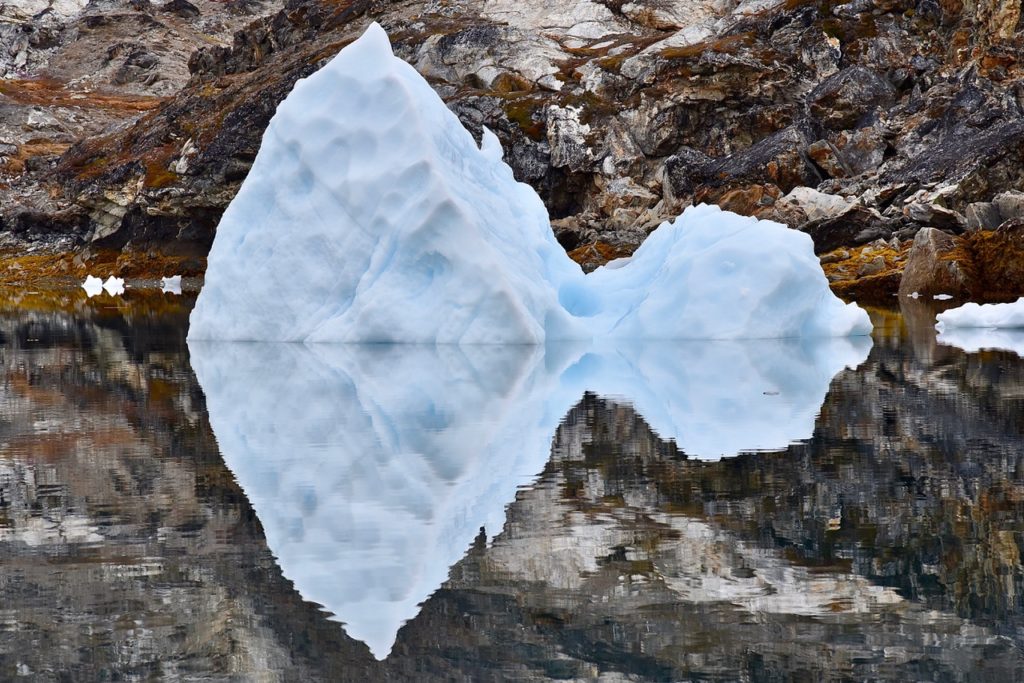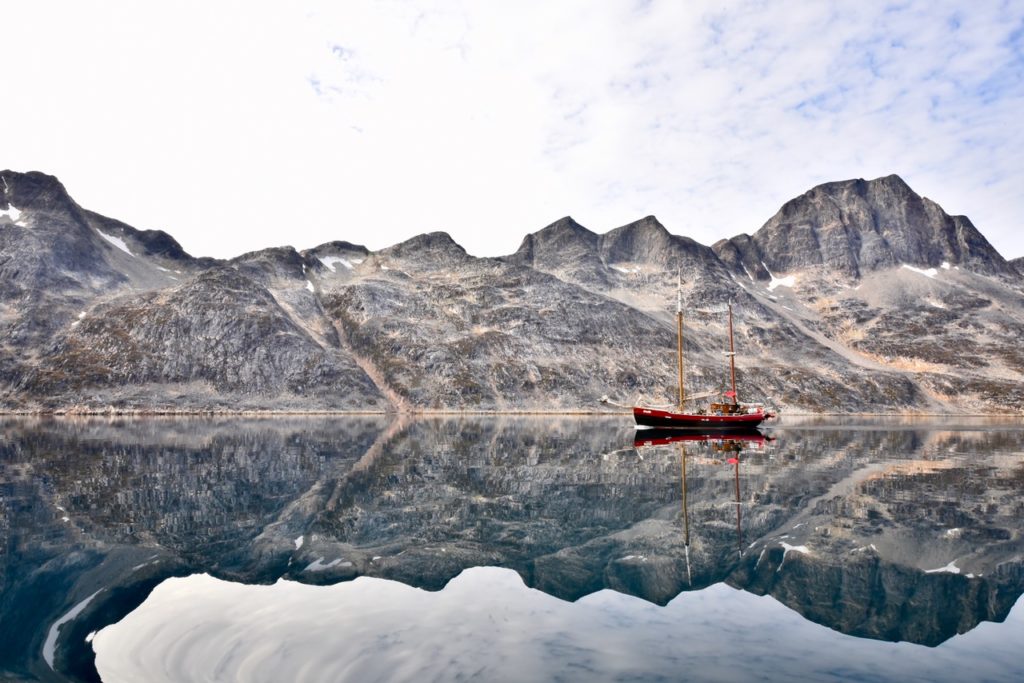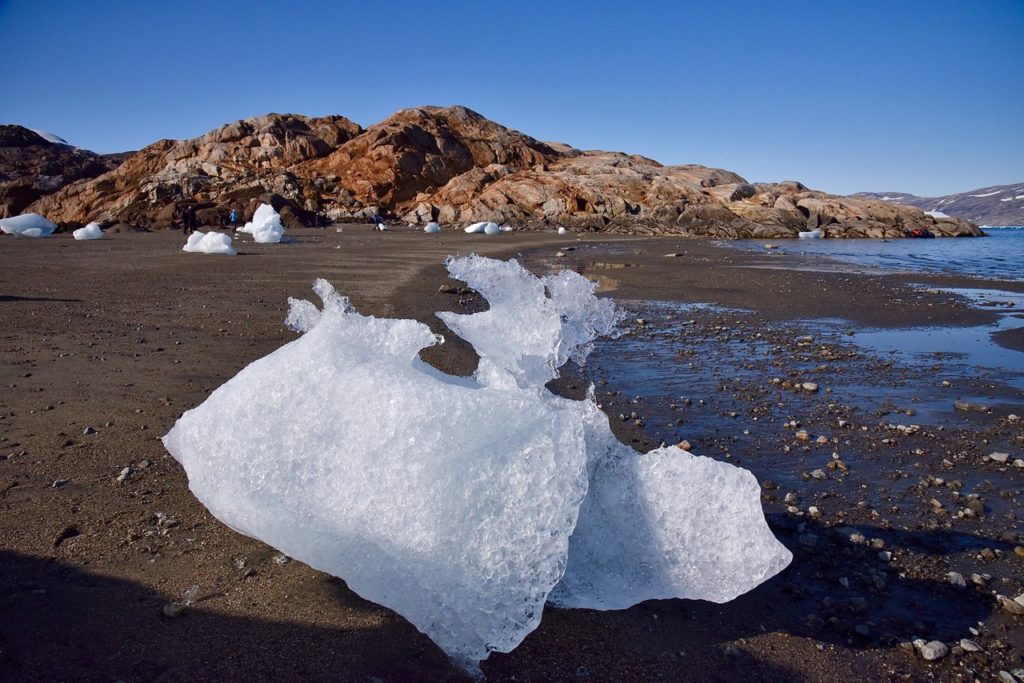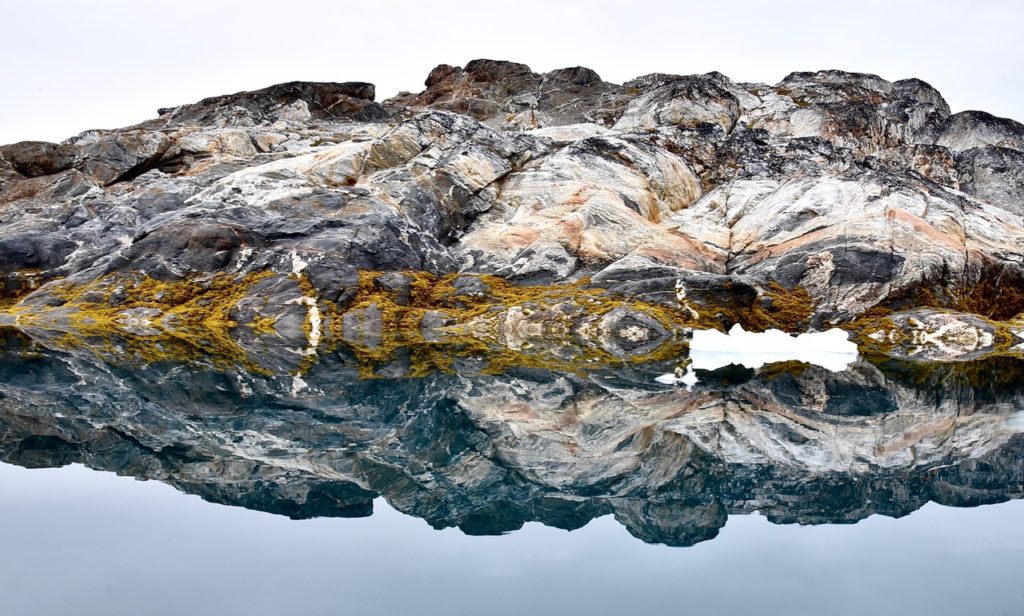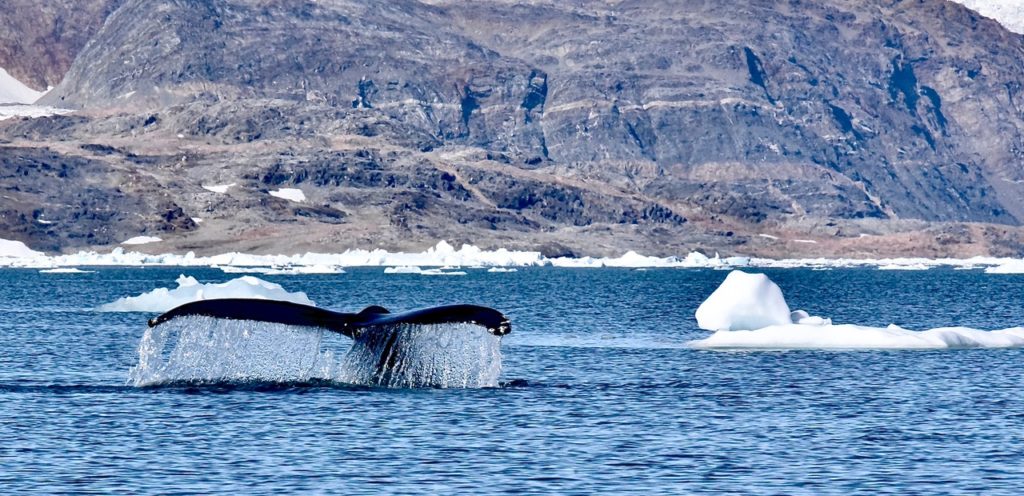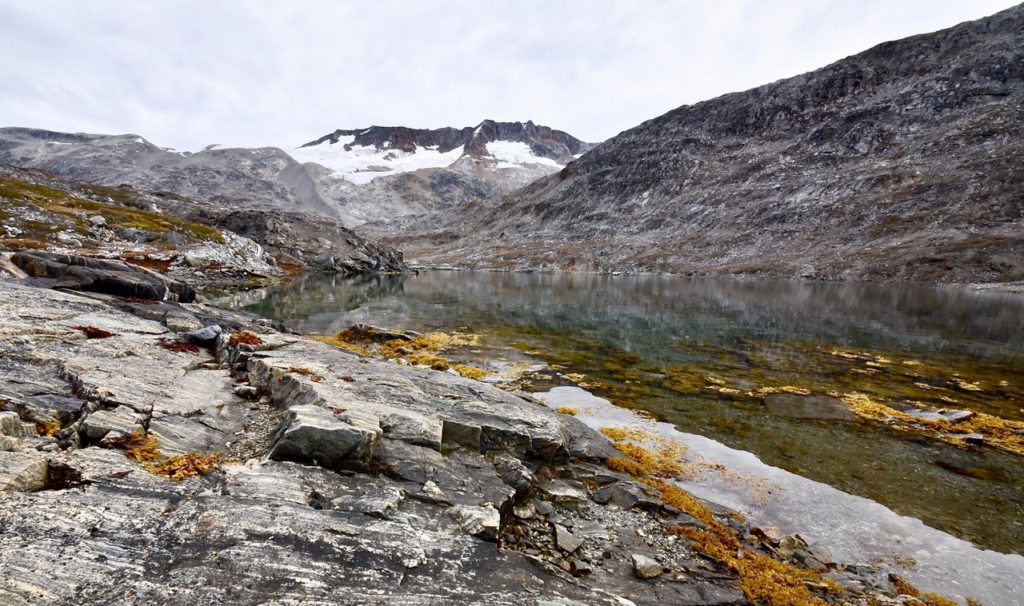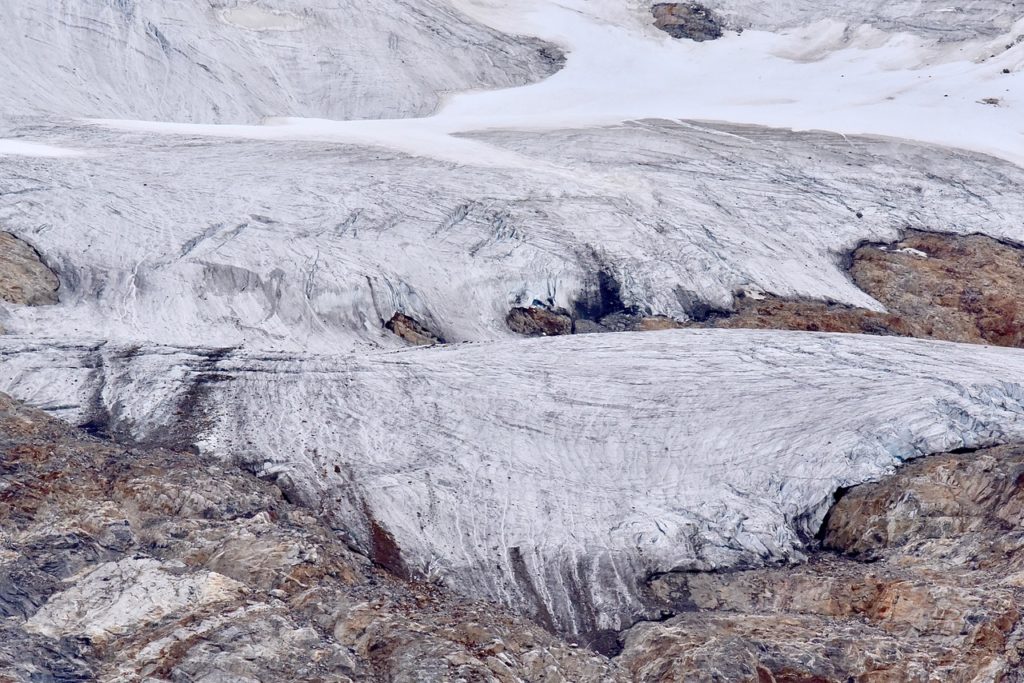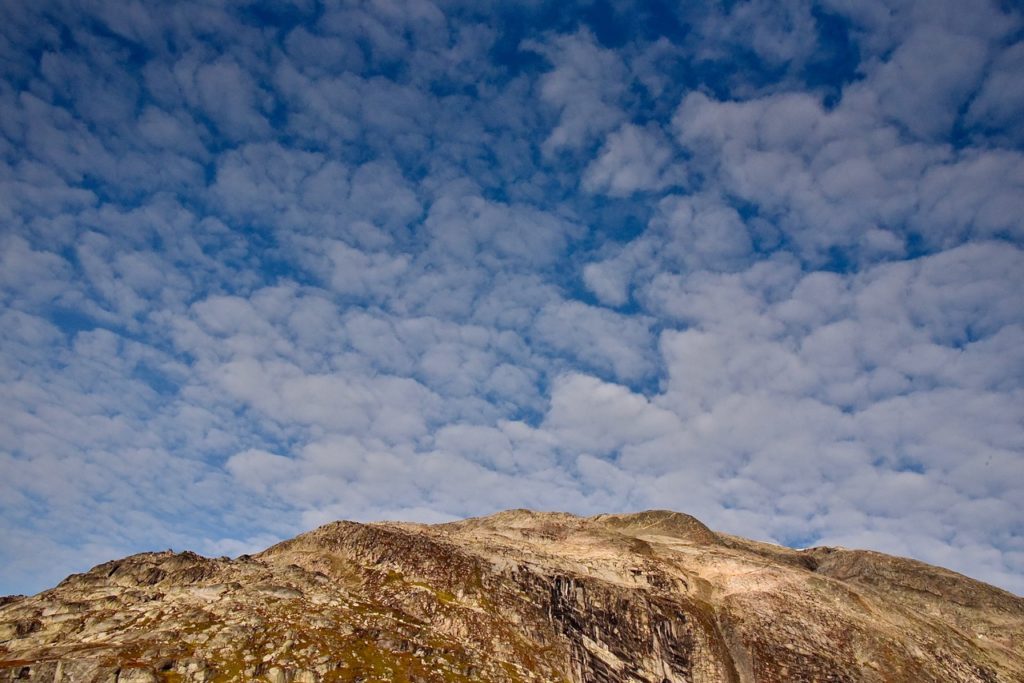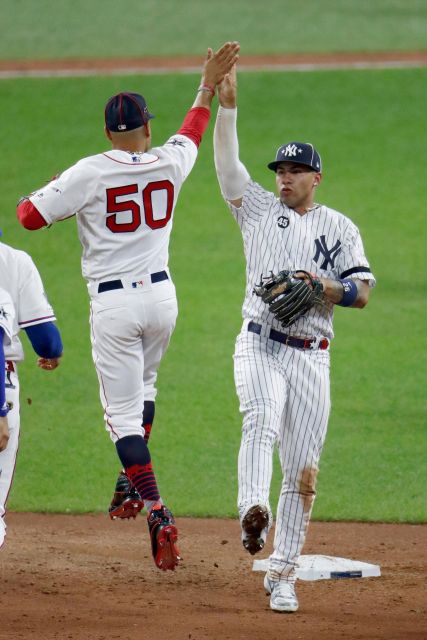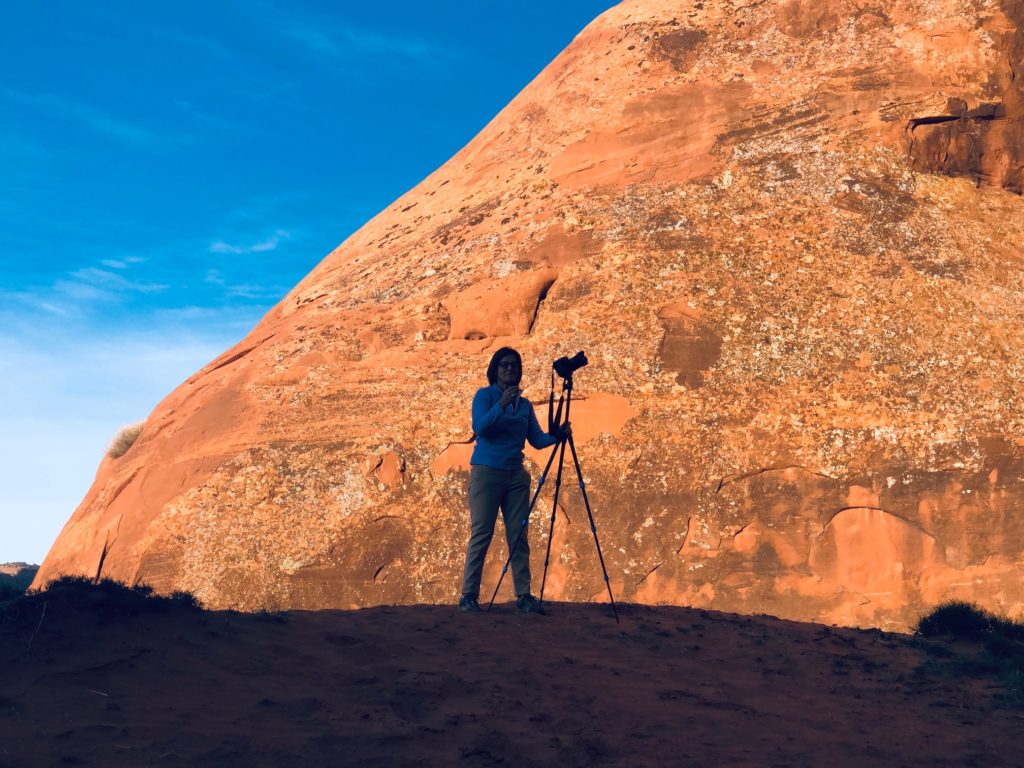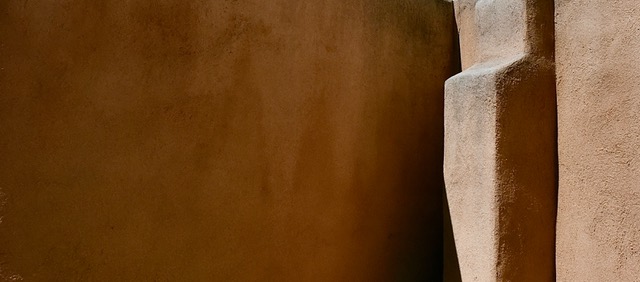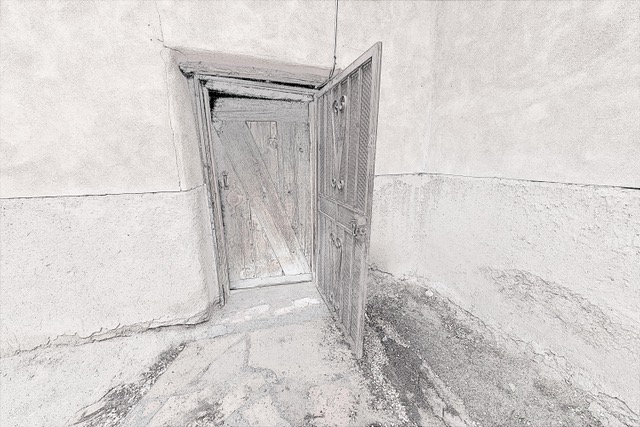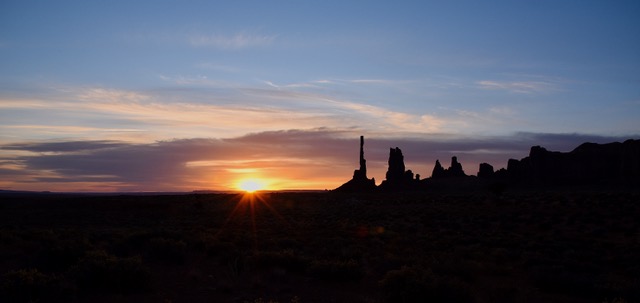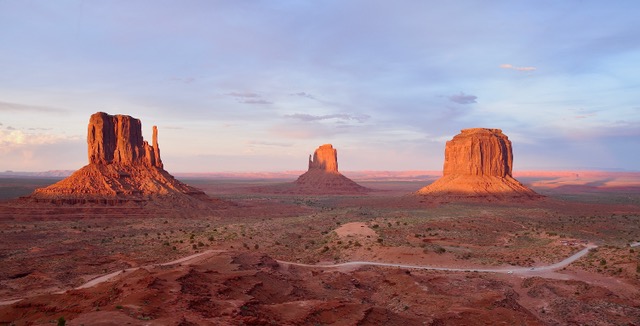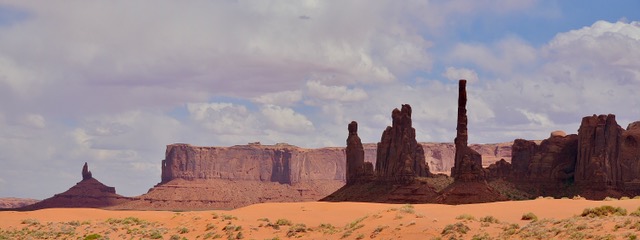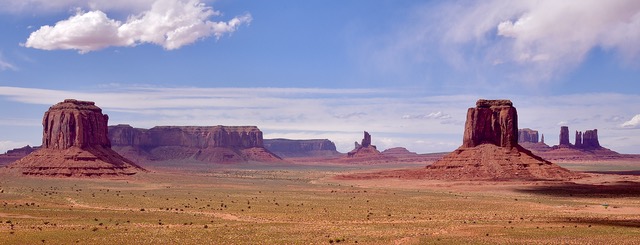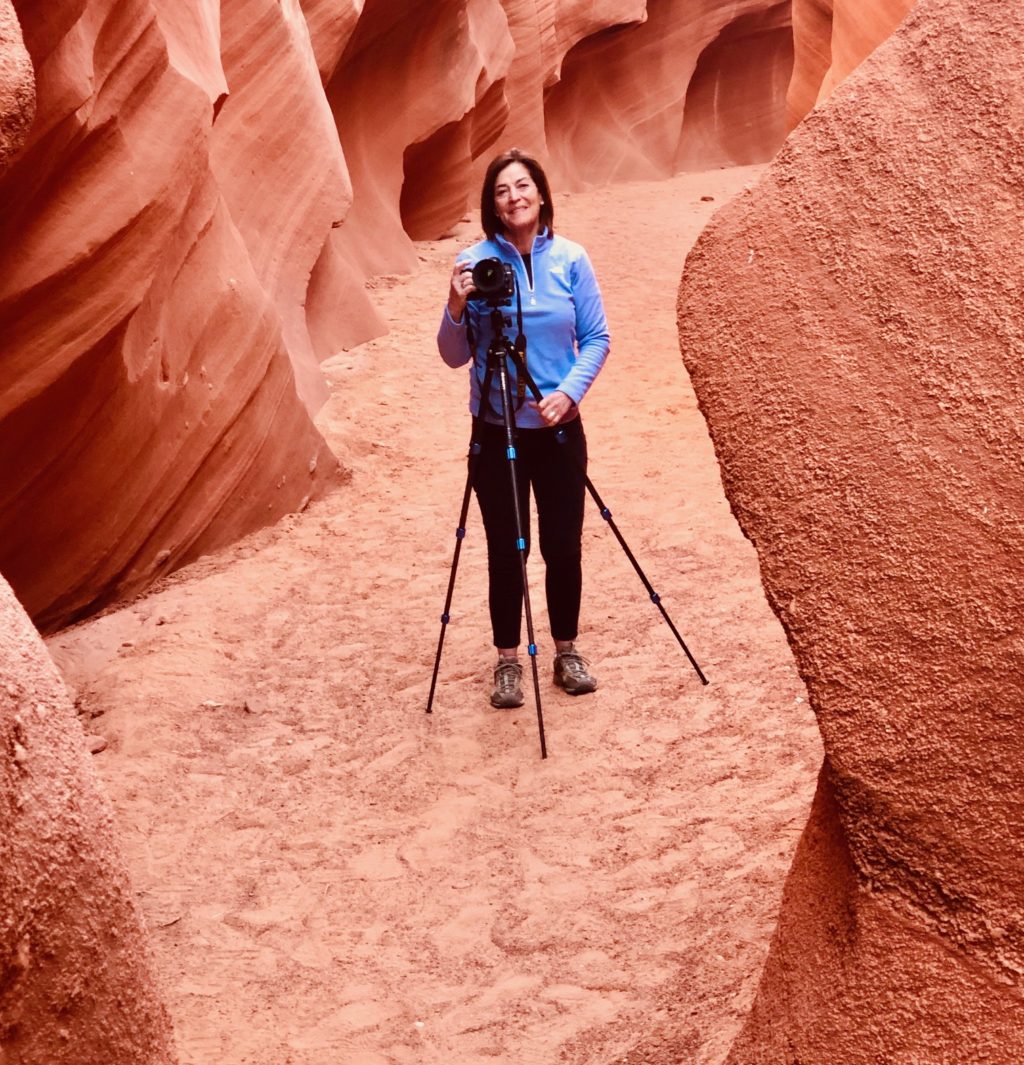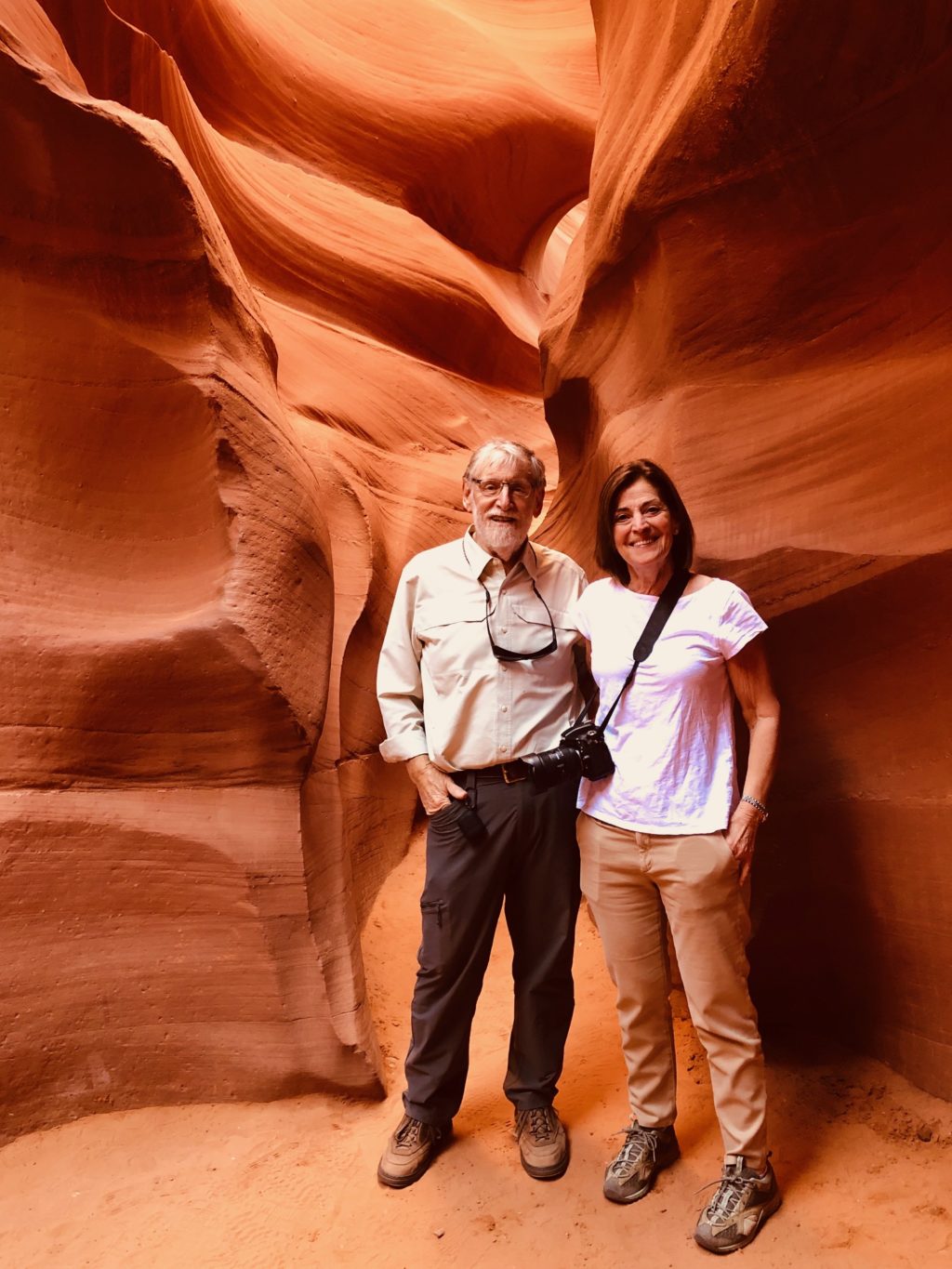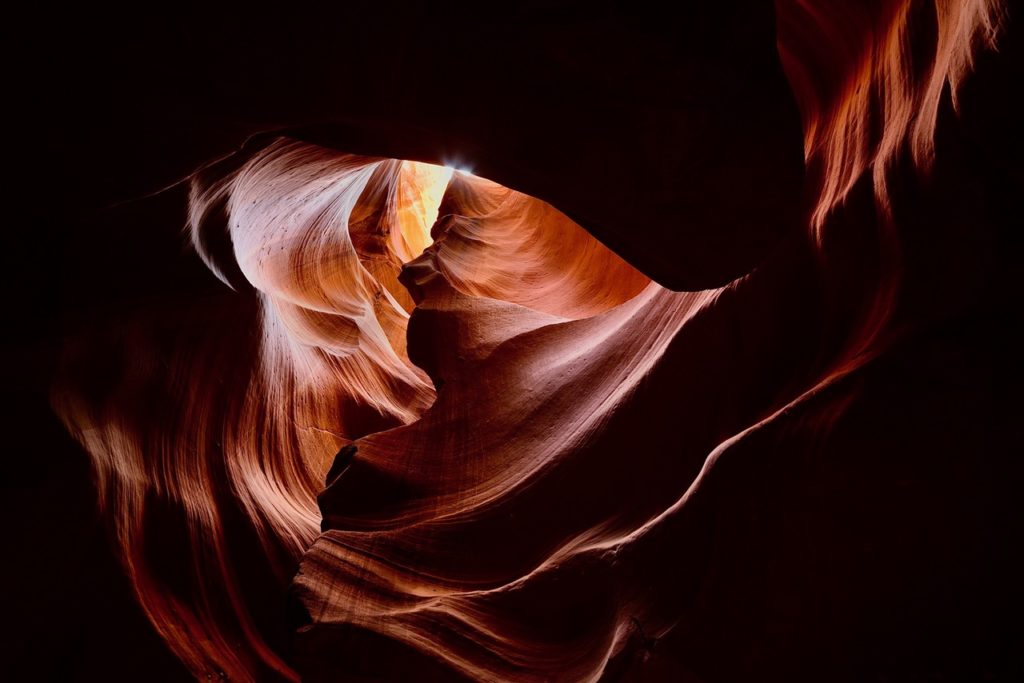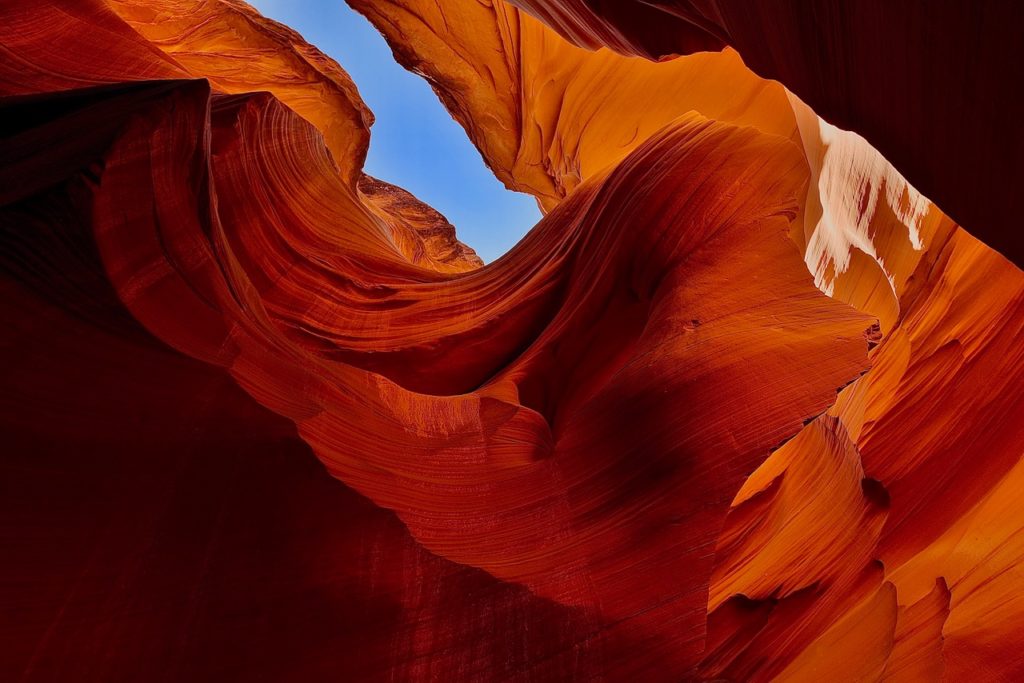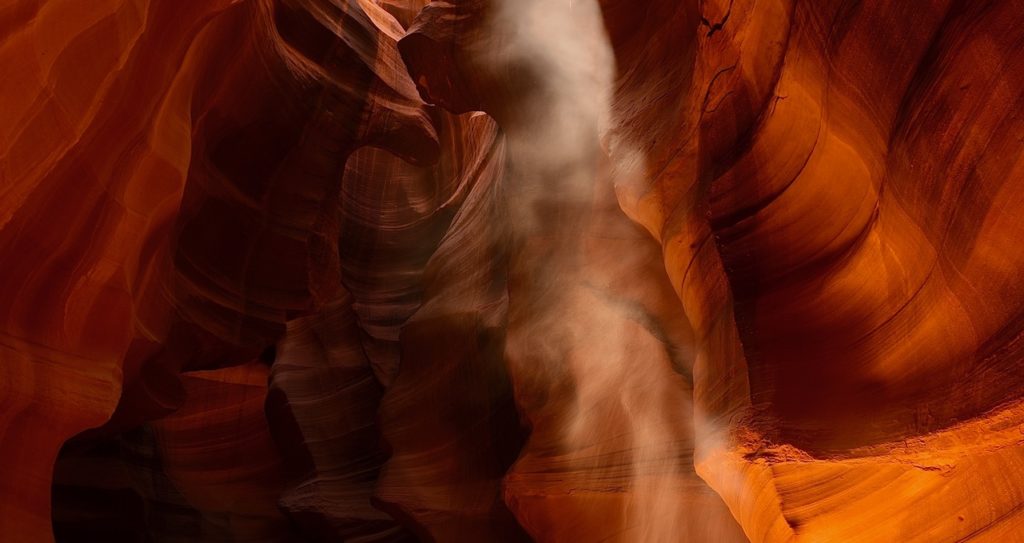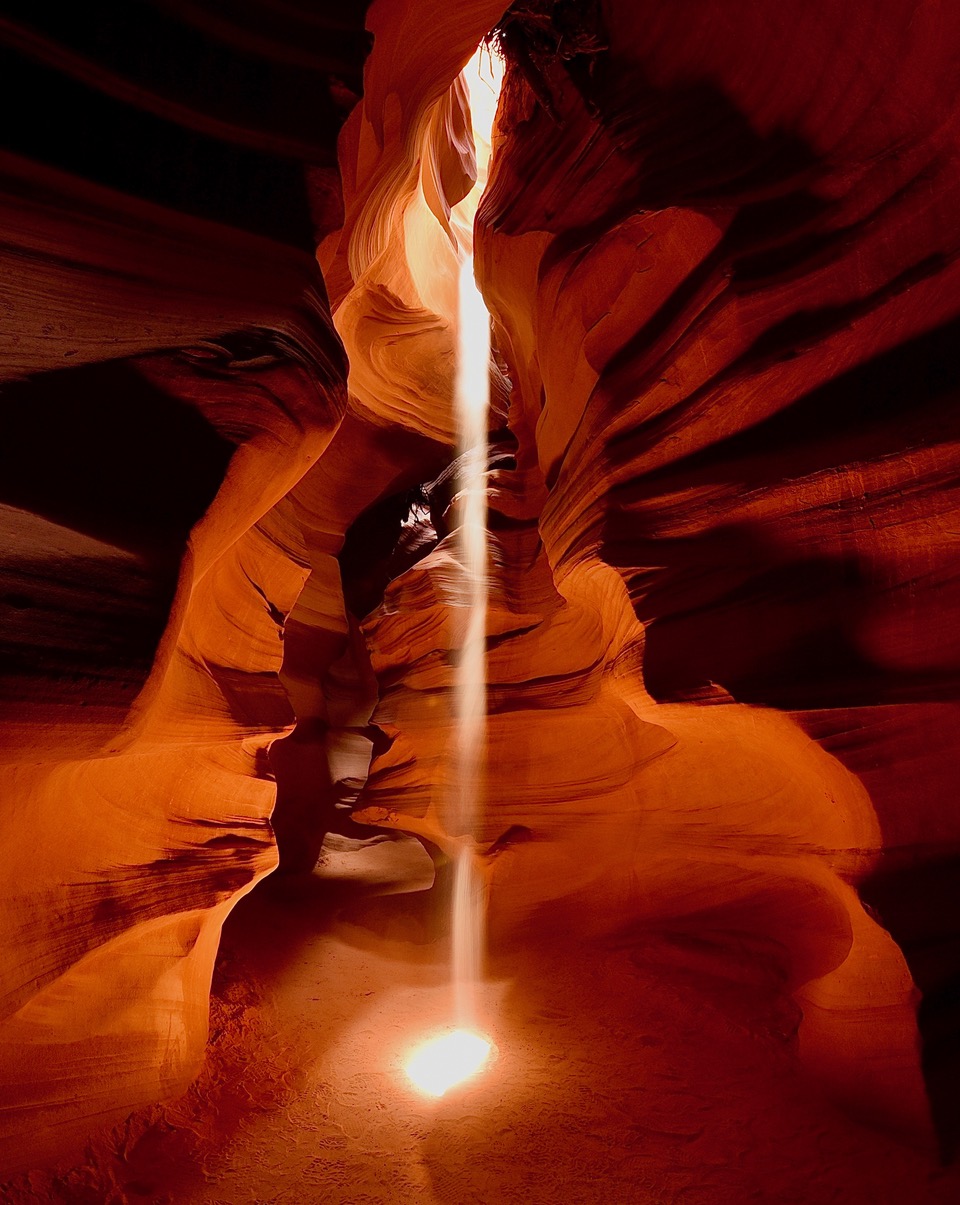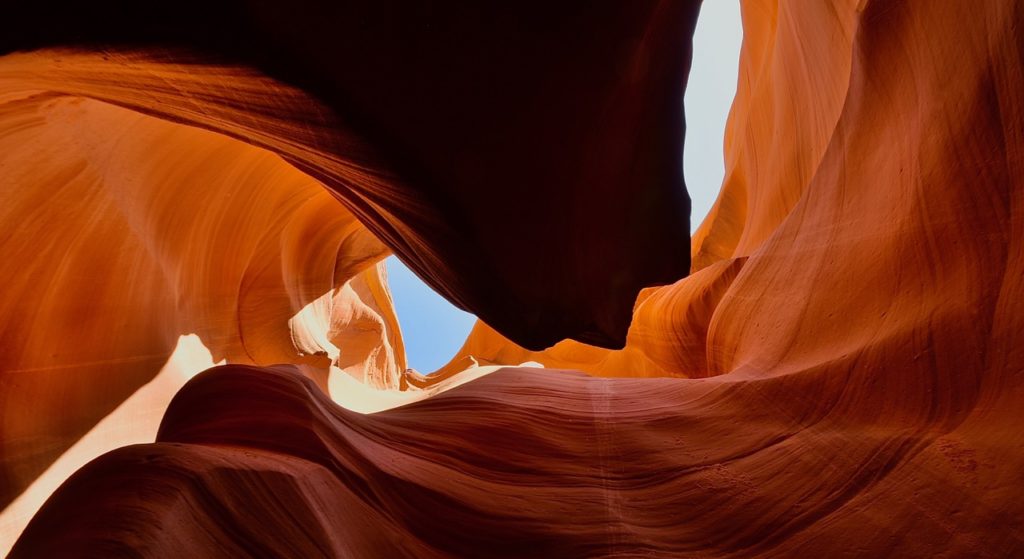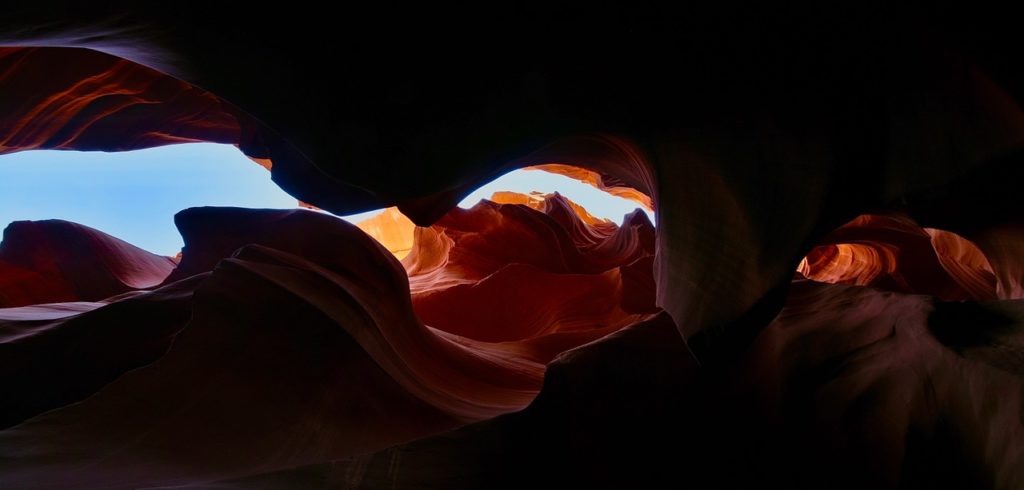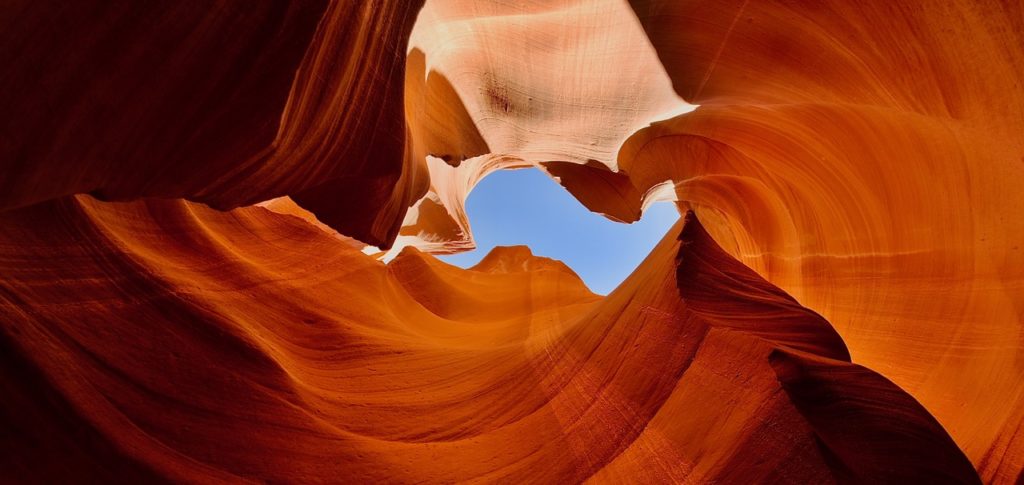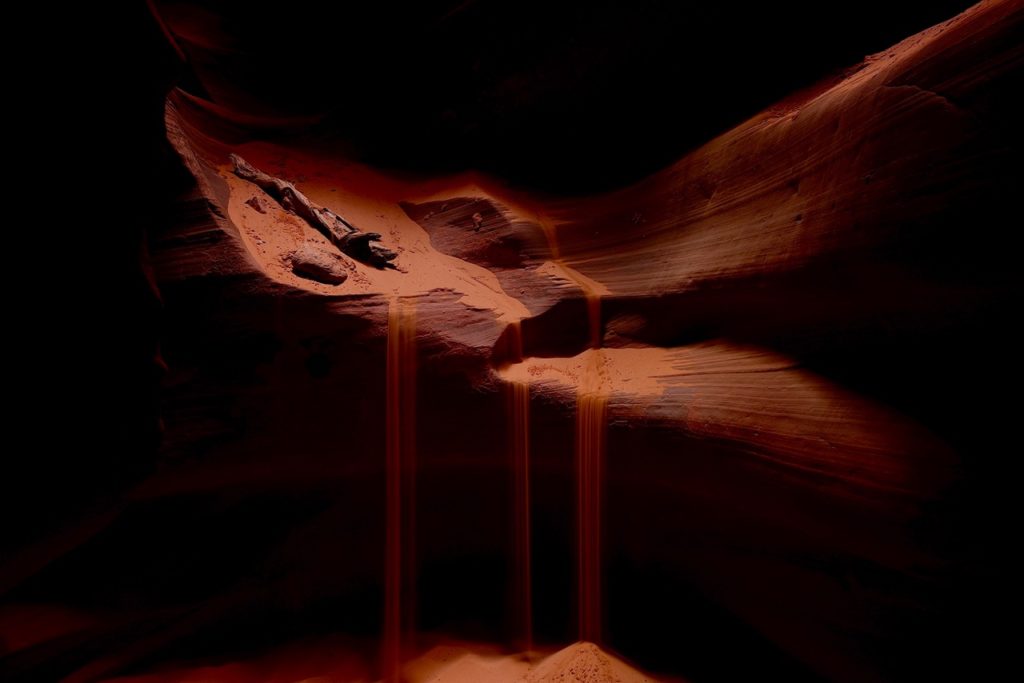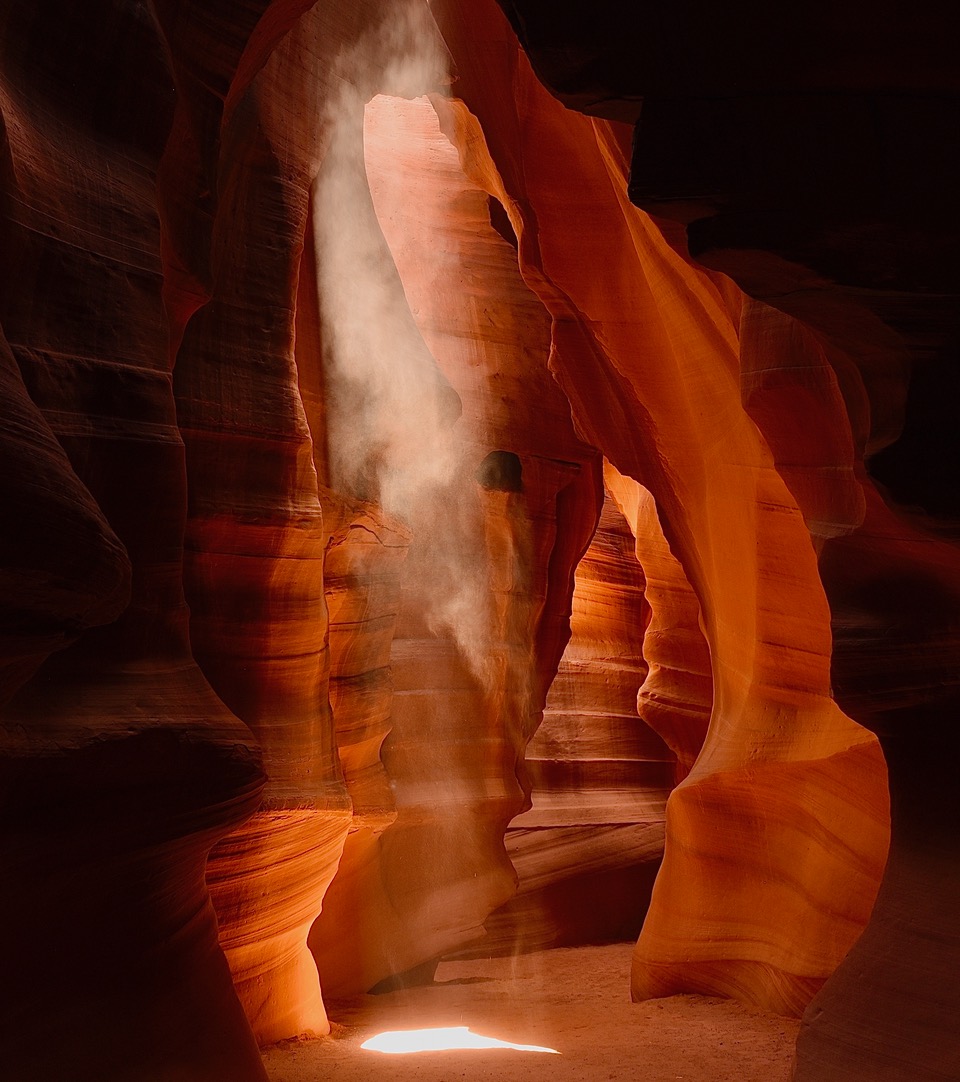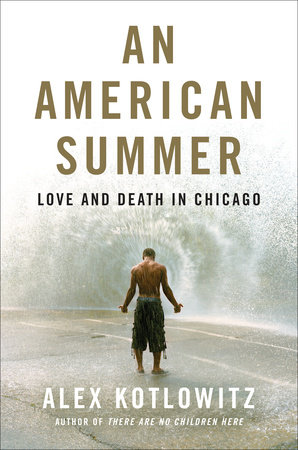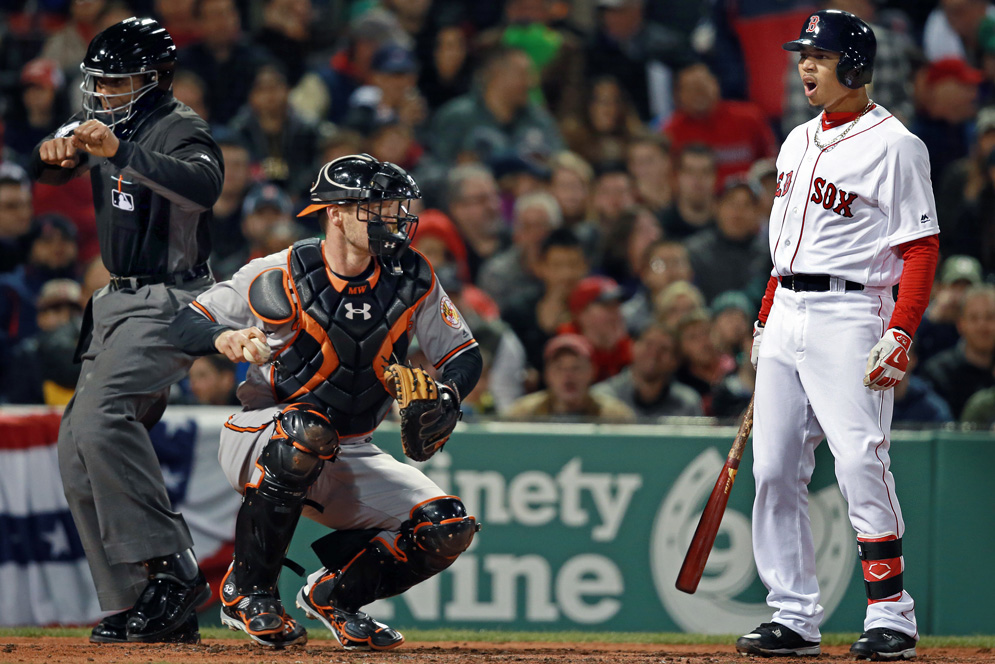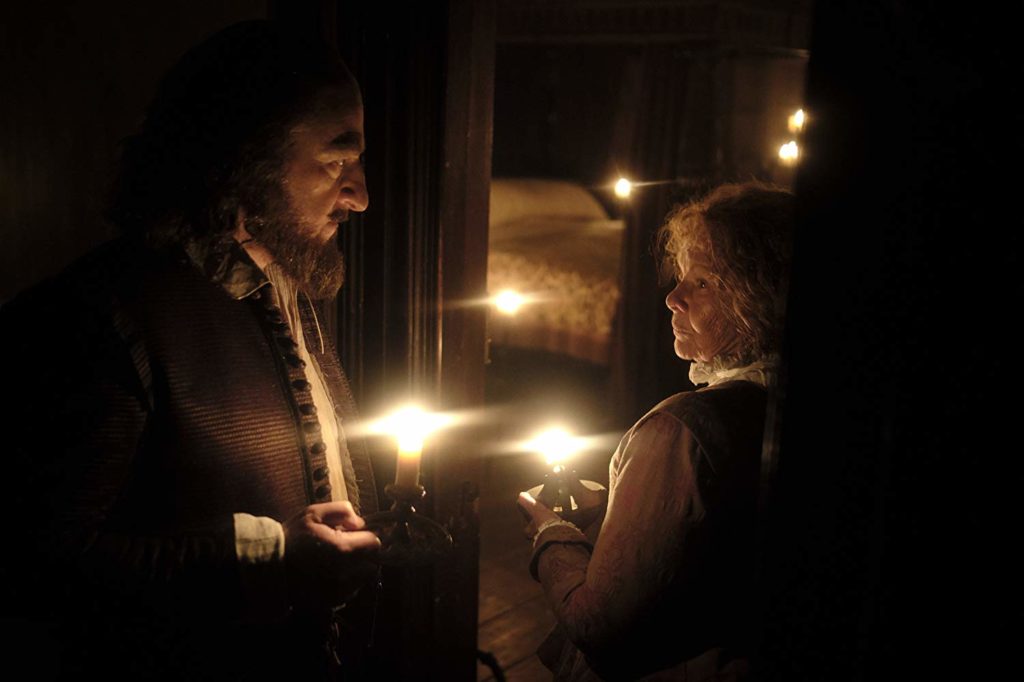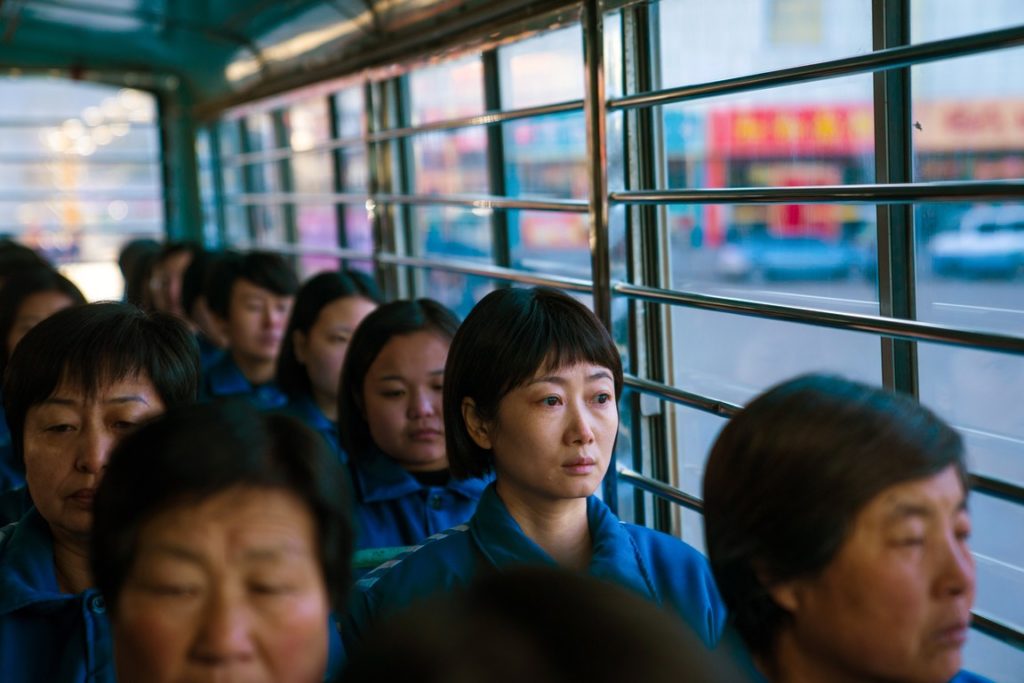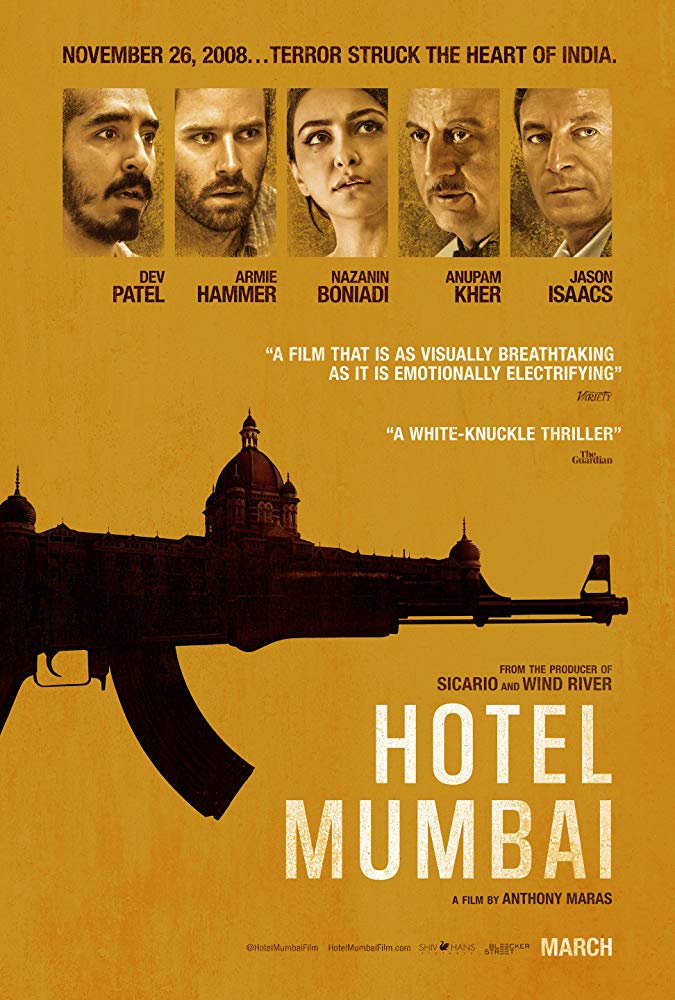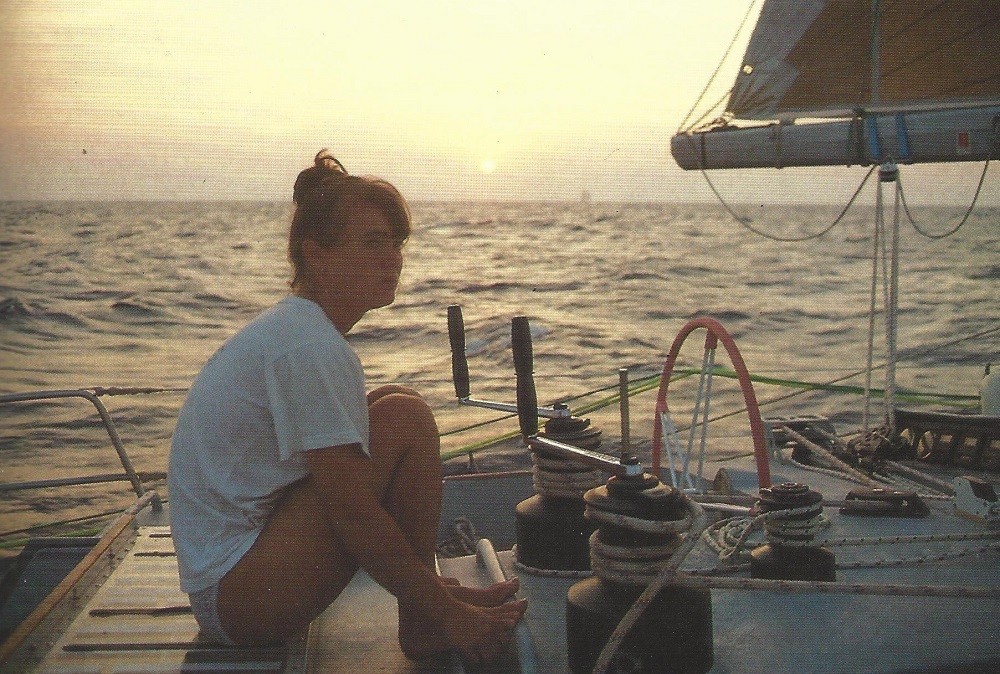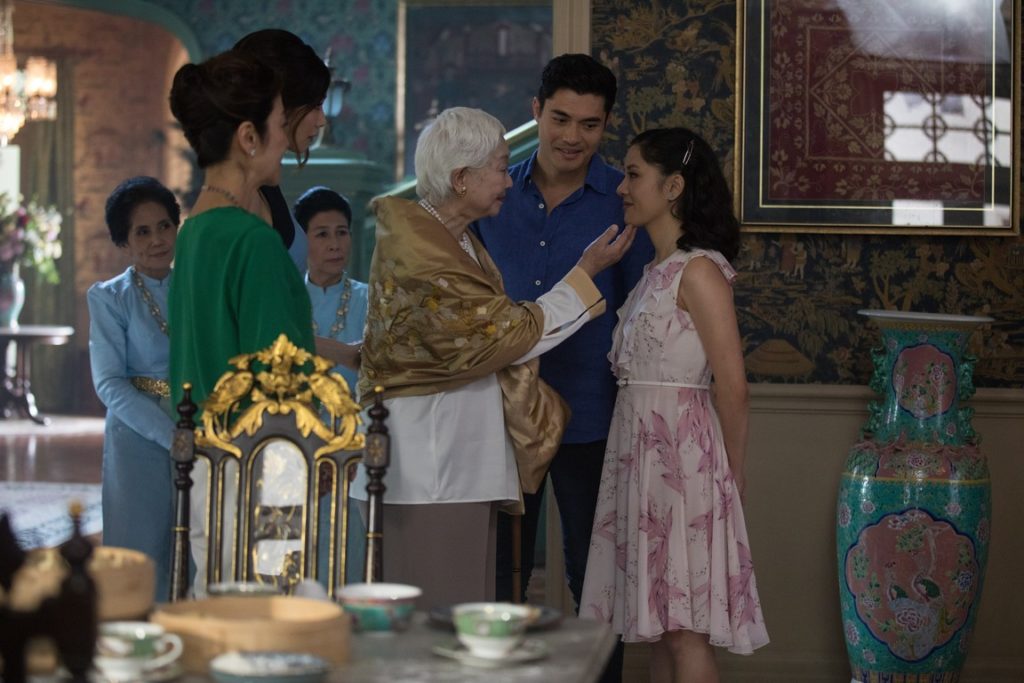Tags
"A Hidden Life", "By the Grace of God, "Downton Abbey", "Just Mercy", "Leftover Women", "Les Miserables", "Marriage Story", "Pain and Glory", "Parasite", "So Long My Son", "Sorry We Missed You", "The Australian Dream", "The Two Popes", "The Whistlers", "Varda by Agnes", 28th Philadelphia Film Festival, Film Festival, Films
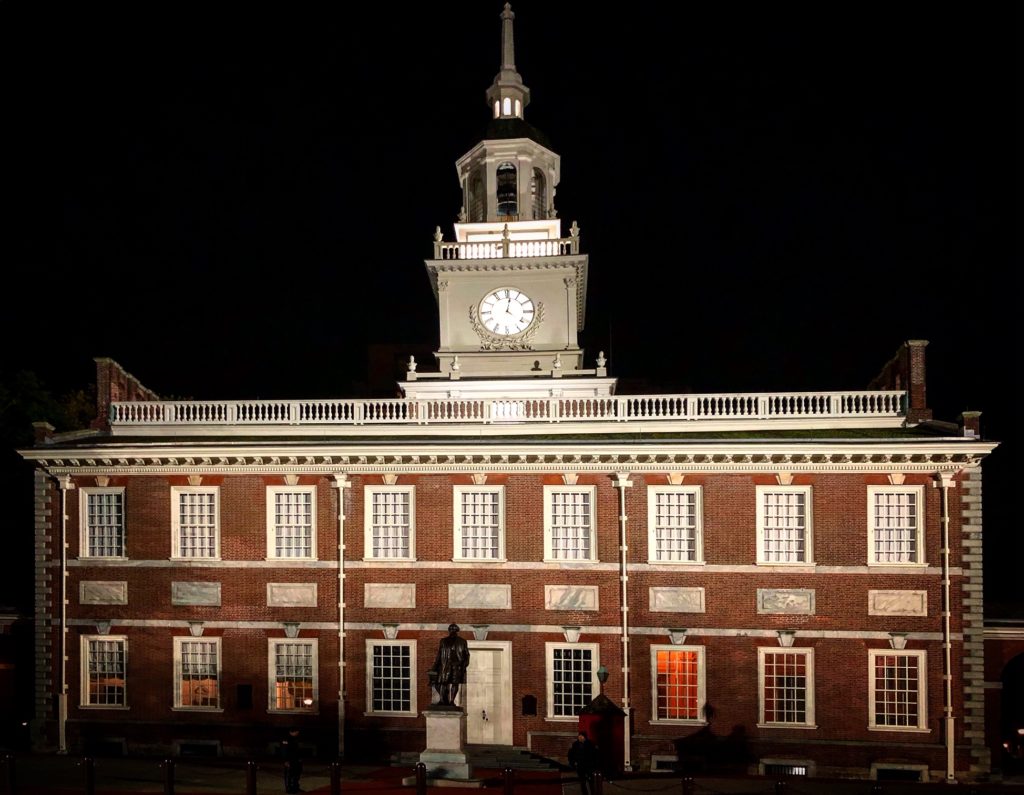
(Photo by Ellen Miller)
Reviews by Ellen Miller:
We were back in Philadelphia this year for their terrific film festival, having missed last year because of other travel. This was our 5th or 6th year attending, and every year we enjoy our long weekend, crammed with outstanding films.
How many films can you see in a day you might ask?. Our record one year was five; generally our pace is three, but if we try hard enough (and decide not to eat anything other than popcorn), we can make four. Not surprisingly we can’t recall all the film names from memory, but, astonishingly, we remember the story, the direction, or cinematography, or the overall impact of each one. Not every film we saw this time is ‘for us,’ but we’ve come to appreciate what film artists are doing as they hone their craft.
There was great diversity in our choices this year. The films we saw came from around the world: Australia, Korea, Austria, France, the Vatican, Romania, China, England, and the US. There were documentaries (Varda by Agnes, The Australian Dream, Leftover Women); commentaries about current social/economic inequities (Parasite, So Long My Son, Les Miserables, Sorry We Missed You); stories of modern day heroes (A Hidden Life, Just Mercy, The Two Popes,); insights into modern day life (Marriage Story). Some of the films we saw fit more than one of these categories.
So, in the order we saw them:
Parasite – Ellen ***** Richard ***

An avant-garde South Korean film by well-known director Bong Joon-Ho, this film focuses on the economic and social disparity between the poor and wealthy in ways that are sometimes outrageous, laugh-out-loud funny, shocking, and horrifying. A working poor family — mother, father, son, and daughter (all talented in some way but out of work and living on the edge) — worm their way into an upper class, clueless household to take advantage of them. The confidence game the family plays comes unraveled in unpredictable ways, with horrifying consequences. The plot and dialogue were clever and constantly surprising. But there were times when I had to cover my eyes.
Parasite is not a film for everyone (Richard gave it only three stars) and was certainly ‘over the top’ for me, but standing back and judging a film not from the perspective of “did I like it,” I can say this is a fine movie, if you can take it.
Just Mercy – Ellen ***** Richard *****
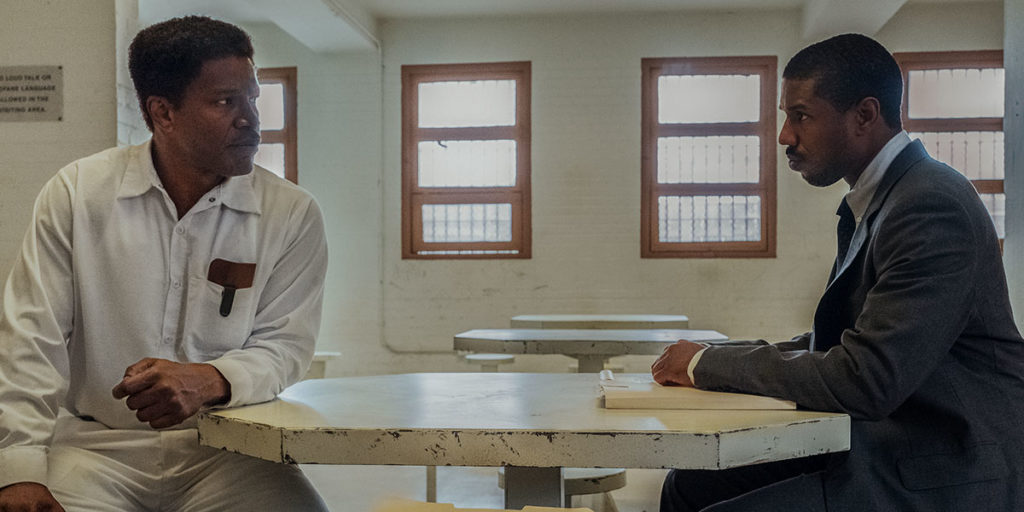
This is a bio-epic of a personal hero of ours – Bryan Stevenson – the founder of the Equal Justice Initiative, the organization that has become a tireless and successful crusader for wrongfully accused death-row inmates in the Alabama prison system (and elsewhere around the country). The film is based on Stevenson’s book of the same title, which I know has justifiably been popular among MillersTime.net readers. Two strong actors play the lead roles: Michael B. Jordan is cast as Stevenson; Jamie Foxx is cast as the inmate, Walter McMillan, whose wrongful conviction is the focus of this powerful story. The producer was Destin Daniel Cretton.
The film reveals how the state of Alabama made up murder charges against McMillan for the killing of a young white girl, and for which he is wrongfully convicted. It tells the story of how Stevenson and his team fought for his release. It is populated with other real clients of Stevenson’s, telling their own compelling stories. It also compellingly documents the steadfastness of Bryan Stevenson and his team at the beginning of their work some 30 years ago.
The greatness of this film is in the narrative, although the acting, particularly by Foxx, is very compelling. In sum, this film documents the ongoing unequal justice system that is driven by racism and hate.Adding to the evening was an after-film discussion that included Stevenson himself along with others involved in making the movie. Just Mercy is a must-see (and a must-read if you have not already done so).
Sorry We Missed You – Ellen ***** Richard *****
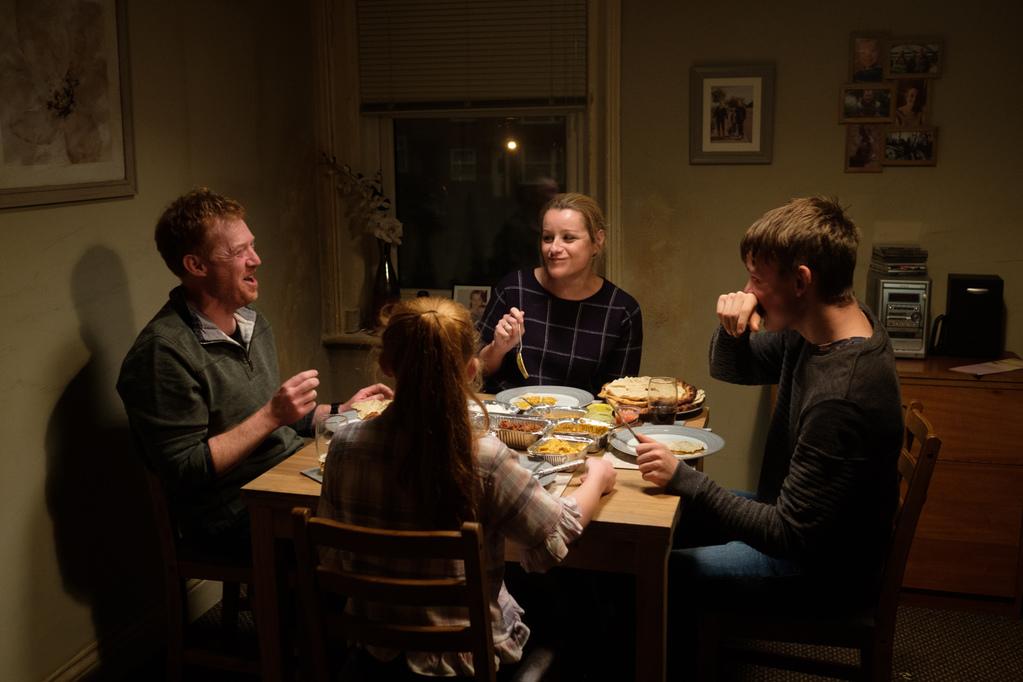
This film offers a devastating social critique featuring a hard-working British couple taken advantage of by an employment and economic system that doesn’t provide adequate pay or personal support in their jobs. In the “gig” economy in which they operate, this family faces increasing financial debt along with emotional trauma of their children. As the husband and wife strive to cope, they are dragged further and further down. These are good people, beset by a system that simply doesn’t care.
Ken Loach who has tackled unfairness of political and economic systems in the past directs this British film. (This one is similar in tone and approach to another one we “enjoyed” several years ago in Philly, I Daniel Blake.) The acting is superb with Kris Kitchen and Debbie Honeywood in the leading roles. The movie is difficult to watch as the family spirals out of control. There are no solutions at the end.
Another must-see.
(Richard: Probably my favorite of the 12 we saw.
Leftover Women – Ellen **** Richard ****

Are Chinese women who reach their late 20s and early 30s “past their prime” for marriage? It appears that a lot of people in China think that way, and the pressure that is put on the unmarried women (many of them with professional careers) is old fashioned in this modern world. This is a story of a Chinese cultural transition (or lack thereof) regarding marriage.
In this thoughtful Chinese documentary (directed by Hilla Medalia and Shosh Shlam (oddly, both Israeli)) we learn about the marriage markets and government organized meet-ups as men and women search for mates (China has 30 million more men of marriageable age than women), and the pressures that women not yet married face from their families is enormous.
The film presents three personal stories: the first is of a woman lawyer who wants to marry but is already considered too old and too “aggressive.” (She ultimately finds a mate and makes compromises to live as good a life as she can); the second woman, under severe pressure from her family to find a mate, ultimately leaves China for a new and single life in Europe, losing her family in the process; and the third can’t seem to satisfy her mother who criticizes every possibility as inadequate.
The film is most moving in the very private and personal conversations with their families, all of which are filmed in real time.
This is a very thought-provoking movie. See it if you can. E
The Whistlers – Ellen * Richard **
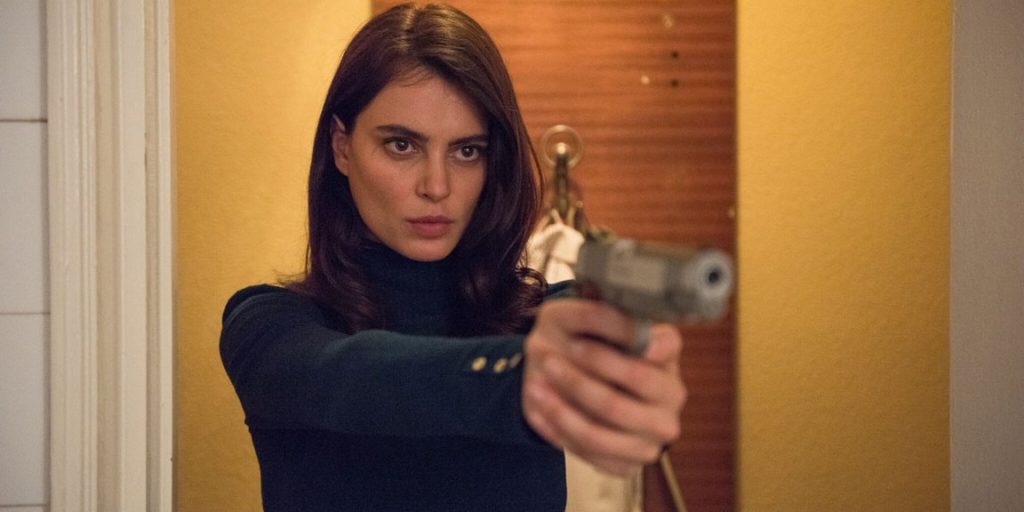
A modern day international crime caper with a dozen or so major actors from one of Romania’s “new wave” directors — Corneliu Porumboiu. It was hard to tell the good guys from the bad guys (were there any good guys?). You need a diagram to keep the “game” straight, and without it, you’ll likely be as lost as we were.
The essential story is that a bad cop from Romania goes to the Canary Islands to learn a secret whistling language that is key to pulling off a heist, which involves collecting millions of “dollars” hidden in mattresses. This cop is joined by a femme fatale with a subplot of attempting to keep her boyfriend out of jail. All of the antics of this bunch take place in the dark, further obscuring who is doing what to whom or why.
The audience at Cannes apparently loved it. We did not.
So Long My Son – Ellen ***** Richard *****

I rolled my eyes as I sat down for this three-hour Chinese drama focusing on the impact of the one-child policy on two different families over a 40+ year period. But I got up three hours (and five minutes) later impressed by this well-paced, complicated, and tragic story. The director was Wang Xiaoshuai.
The film unfolds as a mixed chronology of these families’ lives, and while it was somewhat confusing at times, the whole was more than equal to the sum of its parts. It presents a different narrative of the initiation of China’s one child policy and the psychological/social impact on their lives. This is a story of unspoken secrets, sorrow, and resentments. No spoilers here.
If you’re interested in China’s cultural and political history, this is a must see.
A Hidden Life – Ellen ***** Richard ****
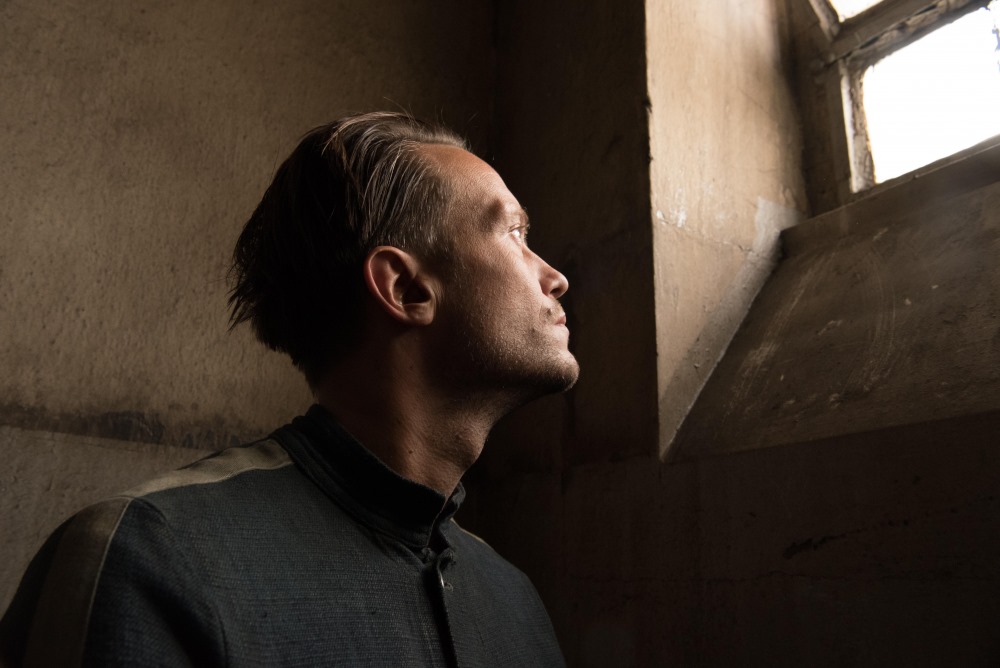
This French period drama (set in 1943) is based on the true story of a devout Catholic man (Franz Jagerstatter, played by August Diehl)) who refused to pledge his support to the Nazi party. The family lives in an idyllic Austrian community, which becomes increasingly hostile toward him and his family until (and even after) his eventual arrest. Jagerstatter’s wife (played by Valerie Pachner) stands by his side as she continues to farm their land and raise her children. Her husband’s steadfastness in his principled opposition to the Nazis drives the beauty of the film.
The film’s director is Terrence Malick, and the film has dramatic pace (fueled by music) and stunning cinematography. There is little dialogue and the thoughts and feelings are portrayed (slowly!)essentially though lighting, soundtrack and impressionistic images.This film came highly recommended, and we can see why. I suspect this will be nominated as a Best Foreign Film, and it could well win.
I personally found it a bit over dramatic.
The Australian Dream – Ellen **** Richard *****
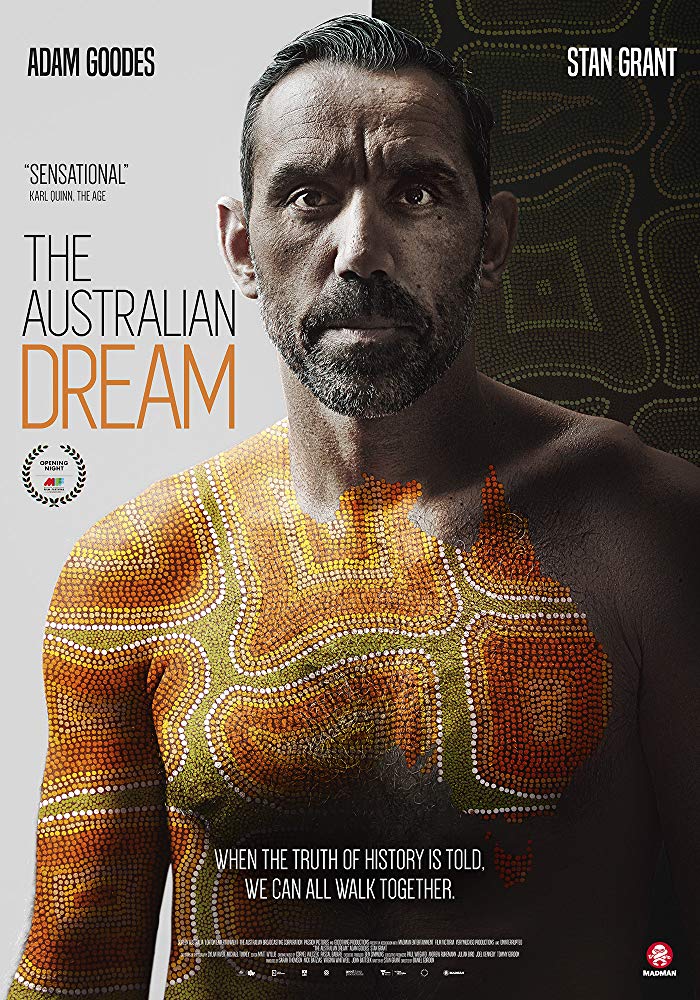
We were attracted to this documentary because of our recent travels to Australia and our continued interest in the lives of the Aboriginal people. The film tells the story of one of the greatest players of the Australian Football League — Adam Goodes — and traces the rise of both Goodes’ career as a sports icon and fighter for indigenous peoples’ rights. Goodes was attacked and vilified for his outspokenness, particularly after he was named “Australian Of the Year” in 2014. The film presents a sobering reminder of the continuing racism and hatred that plagues every country in the world.
The Australian Dream is composed of actual game footage, spliced with interviews with various observers of the political phenomena created by Goodes. Together these interviews present a multifaceted examination of Goodes’ sports activism and its impact.
This film was executive produced by former Australian basketballer (and current Philadelphia 76er) Ben Simmons by Good Thing Productions and Passion Pictures. Simmons was present at the film to discuss it afterwards.
Varda by Agnes – Ellen ***** Richard *****

Wow. Just Wow.
We are latecomers to the superb talents of film director Agnes Varda and her phenomenal career. (We saw our first film by and about her several years ago at this same festival). This French documentary, which she directs and in which she is the only actor, was produced just before her death at age 90 in March of this year. It provides a time capsule of her 60-year career work in a charming, self-effacing way.
The structure of the movie is quite simple. We see and listen to a series of lectures that Varda is delivering to audiences in which she is discussing her inspirations, her creative process, and the goals of her work. These lectures are illustrated with examples of specific excerpts from her films. It is very much a “show” and not “tell” documentary. She discusses her work as a feminist, a woman sympathetic to the poor and downtrodden, and her love for her husband. It’s a phenomenal story – a memoir — of the artist by the artist. It is also an inspiration for others: artists, directors, and photographers.
It’s a must see. I was mesmerized by it, perhaps because of my continued interest in my ‘second career,’ photography.’ I wish I had taken notes. (Richard: So see it again if it becomes available.
Les Miserables – Ellen ***** Richard *****

Another Wow.
This film takes its title from the Victor Hugo book of the same name, but updates the situation to modern times. Do not go expecting a movie version of the play. What makes this French film so compelling is that the situation it depicts hasn’t changed since Victor Hugo published his book in 1862. It’s stunning and shocking.
The story: a new cop on the beat (played by Damien Bonnard) is paired with a racist cop (Alexis Manenti) and his driver (Djebril Zonga) who have highly suspect ways for keeping the peace. As they patrol their territory – largely a poor outlying Muslim neighborhood in Paris – problems develop and tensions between power factions in the neighborhood escalate quickly into an all out community riot. The police suddenly face a situation they can no longer control.
This is an all too familiar story of the suppressed and harassed lower classes and police brutality and while it takes place in Paris, it could be Baltimore or St. Louis. The ending is brutal, a warning, a primal scream.
A first time feature director Ladj Ly directs the film. I suspect we’ll hear more about him when it’s Academy Award time.
The Two Popes – Ellen ***** Richard *****
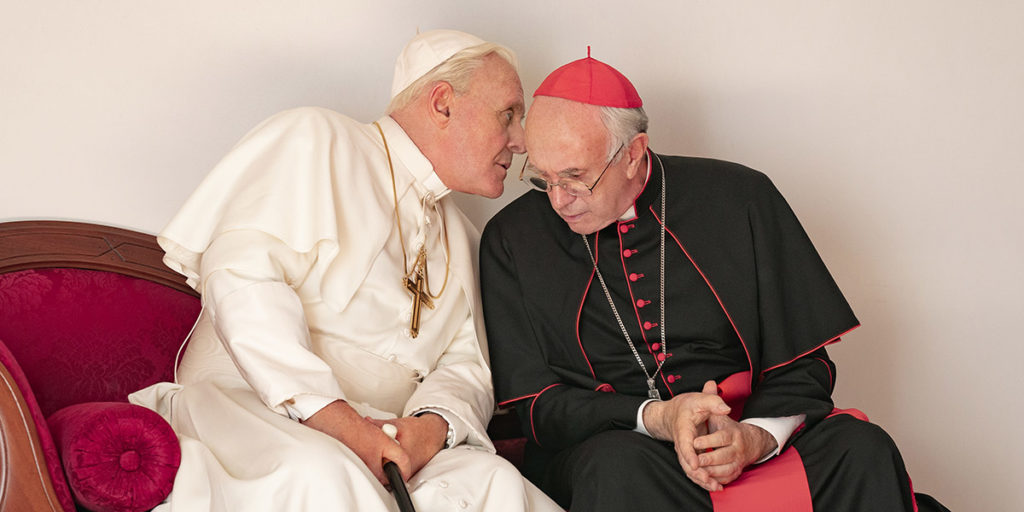
This film has US, UK, Italian, and Argentine roots. And, perhaps appropriately, we must thank God for the subtitles, since Spanish, Italian, French, Portuguese, German, Latin and English are all spoken in the film. The director is Fernando Meirelles. The acting of Anthony Hopkins and Jonathan Pryce will take your breath away. The dialogue is witty and brilliant, and amusing.
The film based on a 2012 meeting between Pope Benedict XVI and the future Pope Francis (then known as Cardinal Jorge Bergoglio). Pope Benedict summons the Cardinal (an outspoken critic) to meet with him as faces a series of scandals and considers retirement (something that hadn’t been done in over six centuries). The intellectual jousting and sharing of ideas (they are ideological opposites) between these two men is mesmerizing and brilliant. I didn’t want it to end.
This will hit the big screens. It too is a must-see.
Marriage Story – Ellen **** Richard ****
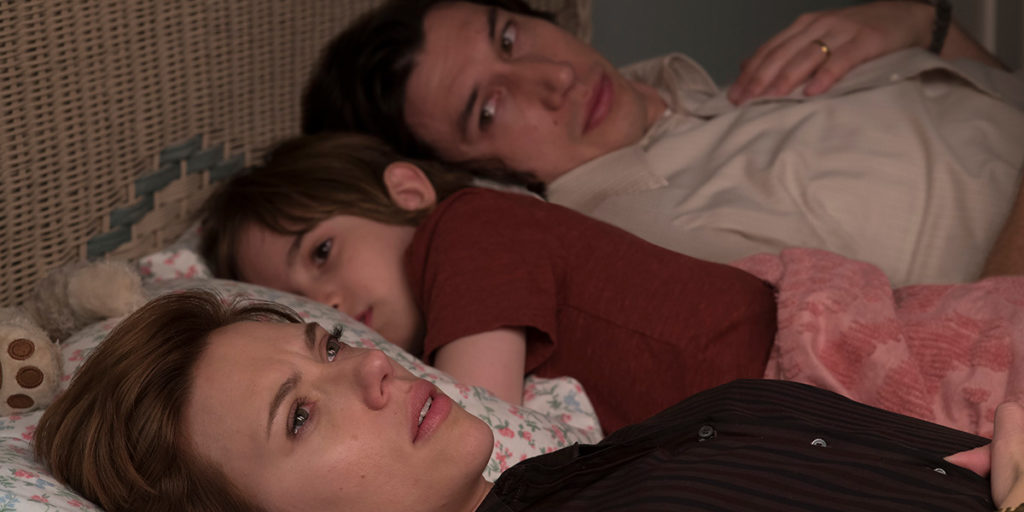
The more I think about this film the less I l liked it. There is some very fine acting in parts (Adam Driver and Scarlett Johansson are the film’s stars), and it conveys the pitfalls of modern day marriage and divorce in a very subtle and compelling way. But something is missing that I can’t quite put my finger on. The director Is Noah Baumbach who is well known for various films about family relationships. Perhaps the characters are a bit too formulaic (self-interested, career driven New Yorkers) for my tastes.
Here we have a lovely young couple in New York: he is an up and coming stage director in New York; she’s an up and coming actress, very involved in his work. They have a young child. The wife is drawn to Los Angeles for a new role and uses that as an opportunity to take a break from coupledom, ultimately deciding she wants a divorce, an amicable divorce. But soon that amicable divorce becomes complicated, and mean and nasty, and out of the couples’ control. (Very stereotypical lawyers fight to get whatever they can get for their clients.) There are heart-rendering moments of love, heart-break, and fury which will tug at you.
I suspect this will be a popular film, despite my hesitations about it.
POST SCRIPT
Before the Philly Film Festival we saw three films that are now generally available in movie theaters. A few highlights from them:
By The Grace of God – Ellen ***** Richard *****
This is the story of three men who take on the Catholic Church after experiencing abuse from the same priest during their youth. What
separates this film from others that deal with similar topics are the intimate portraits of each of these now middle-age men. The attempts of the church to excuse, coverup and take no action against one specific priest speak is ab outrage. The courage of the men to bring the issue forward was beyond brave. It was well filmed and acted.
The film is based on a true story in Lyon, France. There was a recent conviction (March 2019) of the Cardinal of Lyon for concealing the conduct of the priest.
We highly recommend it.
** *** **
Pain and Glory – Ellen ***** Richard ****
This was an absolutely stunning film by the great writer and
director Pedro Almodovar. It tells the story of a retired film director (played by Antonio Banderas) and his accomplishments and failures. It is exquisitely filmed and a story hauntingly told. Penelope Cruz is cast as the director’s mother and she is as mesmerizing as always.
** *** **
Downton Abbey – Ellen * Richard **
I was a fan of the TV series. But the money it cost to make this two+ hour manufactured, multiple plot, extravaganza should have been spent on another TV season. In the film the characters were caricatures of themselves, the plot trite. and disjointed and the end was sappy.
Don’t bother.

